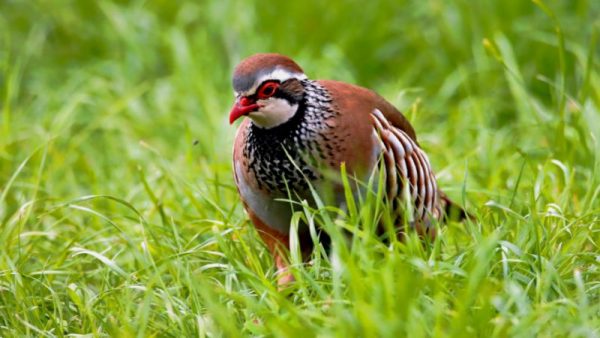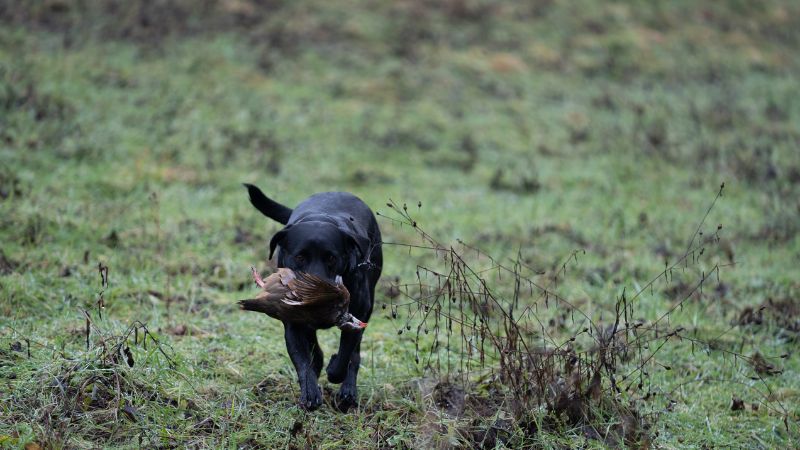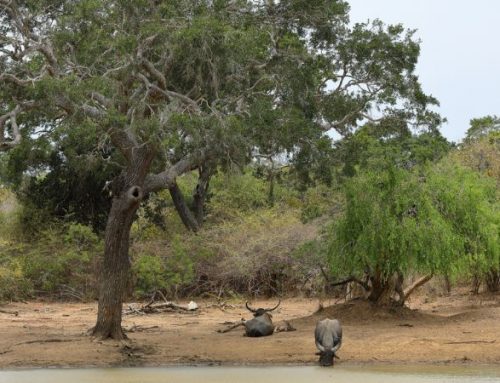Just from the name, English-style driven hunting, one can understand its birthplace.
If in the past, English-style driven hunting, better known as “English drive”, has represented a primary source of sustenance for humans, being an essential activity for food supply, in contemporary times, it no longer holds such a connotation. It is mostly carried out as a recreational activity in the most beautiful hunting reserves.
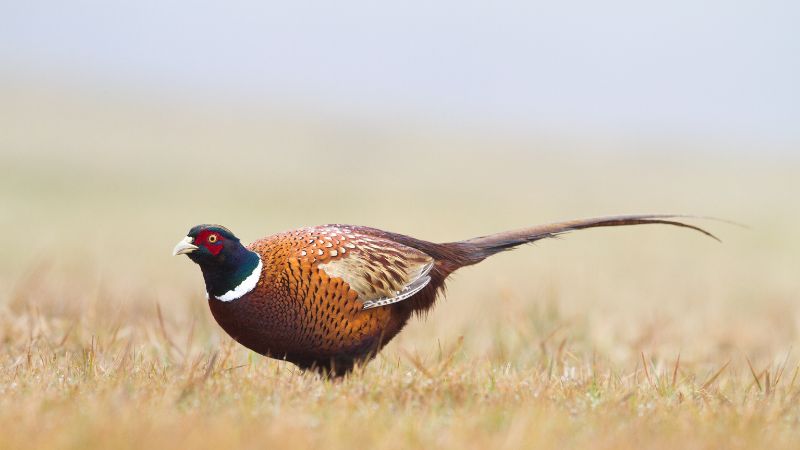
The Drive, also known in Italy as “English-style driven hunt”, originated in the private reserves of British nobles and royals. It took place in the hilly areas of the countryside with drives for pheasants and red-legged partridges, from areas starting from Yorkshire and Lancashire at the foot of the North Pennines, reaching Scotland, where the famous Grouse Moors are located, renowned worldwide for their beauty and biodiversity. Not surprisingly, thanks to the land management by farmers and gamekeepers, it’s the natural habitat of the grouse (Lagopus Lagopus Scoticus).

Currently, in Great Britain, entire reserves are managed solely for this type of hunting, and thanks to continuous land management work, the animal species present in the reserves can be properly protected.
The activity starts with the capture of pheasants and red-legged partridges, at the end of the hunting season, which are used for breeding. Subsequently, the produced eggs are collected and hatched using incubators to ensure the best results. Once hatched, the chicks are raised up to 7/8 weeks old in breeding facilities with outdoor acclimatization aviaries and insulated and heated shelters inside.
At the completion of the 7 weeks, the pheasants and partridges are moved to reserve areas where, previously set up by gamekeepers, open-air release pens have been provided with water and food so that the animals, upon arrival, can immediately find food and shelter from potential predators, where they will stay for a couple of weeks to acclimate and finish growing.
These acclimatization pens are usually placed in high points of the reserve near the hunter’s shooting line for future drives.
As the weeks pass, the animals are slowly released from the pen, and with the use of food, they are moved by gamekeepers in the opposite direction of the drive. This is done so that during the hunt, the birds, when flying up, return in the direction of “home”, a safe place for them where they know they can find shelter and food.
By doing this, hunters are positioned between the open-air release pen and the area where the pheasants are fed, thus creating the English-style driven hunt.
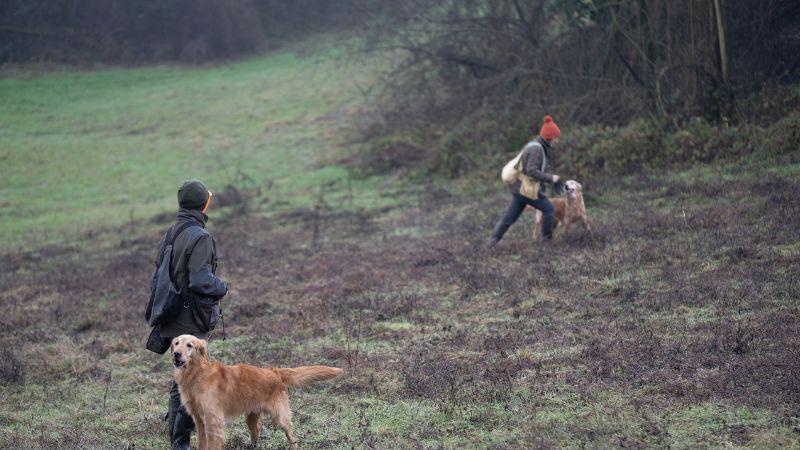
Golden retrievers with game from English-style driven hunt
English-style driven hunt in the “La Montefeltro” our Rivergaro hunting reserve
The English tradition continues for thousands of years and has been passed down worldwide. Today, we find reserves from Spain, renowned for red-legged partridge drives, passing through France, where extremely high-level pheasant drives are held, to Italy, where for a few years, pheasant and red-legged partridge drives have taken place in the La Montefeltro shooting estate.
Inside the La Montefeltro Rivergaro reserve, being an area suitable for drives due to its hills and large natural corridors, the on-site staff has been working with local farmers for a few years to create top-level drives, creating natural habitats to contain wildlife with corn plantations on hill ridges where, in turn, the open-air release pens are positioned to create enviable drives worldwide.
Moreover, by cooperating with the best wildlife breeders in Italy, the pheasants and partridges used create an excellent base for the following years for enthusiasts of pointing dog hunting. Being animals that adapt perfectly to our territory, they find a way to reproduce in nature, giving rise to a reserve with high-quality wildlife.
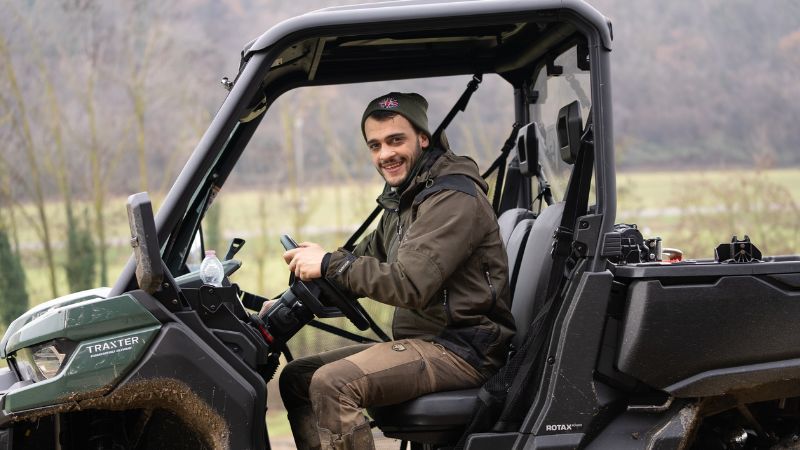
This combination of activities results in memorable days for hunters who, with the help of their assistants, will have the chance to experience the search for fantastic red-legged partridges and “tremendous” pheasants.
Useful tips to excel during an English-style driven hunt
Here are 20 valuable tips for a perfect driven hunt:
- GUN, CHOKE, AND LOADING A over-and-under or a classic double-barrel shotgun in caliber 12 or 20 is preferred, although some very experienced shooters successfully use the 28-gauge. Better barrels from 28-32″ with chokes ½ – ¾, depending on the type of shooting you intend to practice and your build. For flying pheasants (not the extreme ones), I would recommend shot sizes 5 or 4:
- Caliber 28: 25-28g
- Caliber 20: 25-30g
- Caliber 16: 28-30g
- Caliber 12: 28-32g
- SAFETY FIRST Safety should be your main concern, so listen carefully to the safety instructions of the gamekeeper and be aware of the position of the launchers and beaters at all times.
- RESPECT THE RULES All hunts are different, make sure you know what is expected regarding game, corvids, and pigeons. Find out if there will be a signal to start the hunt and when to be in position at the beginning of the drive. Numbers from right to left or vice versa? Will you move two or three places? If there is no one beside you, should you collect your empty cartridges after each drive or just put them in an orderly pile? Find out these details before the start of the first drive.
- GET IN THE RHYTHM When you arrive at your place, use your field experience to understand from where pheasants are likely to come and in which direction they will head. Is there a crosswind? At what height will they be? Then decide where your shooting window will be, make some test movements, and visualize different shots. This will help you get into the right mindset and eliminate some uncertainties.
- THE LINE IS AS IMPORTANT AS HEIGHT AND SPEED When a pheasant rises and heads toward you, observe it carefully to assess not only its height and speed but also its trajectory before correctly positioning your feet and mounting the gun.
- FOCUS ON THE HEAD One eye should focus on the head and beak of the pheasant, while the other should focus on the area in front of the bird, towards which it is heading. This will significantly improve your chances of a precise shot. There is nothing more beautiful than a “wrapped” pheasant.

- MOVE YOUR FEET FIRST Think about where you intend to hit the bird before moving your feet accordingly, and this should happen before mounting the gun. Once you’ve moved your feet, make sure you’ve rebalanced your weight on the rear foot before aiming at the bird. This must be done before the bird reaches your shooting window, avoiding rushing the shot. If you don’t move your feet before mounting the gun, you might find yourself in a very uncomfortable and unnatural position.
- WEIGHT FORWARD For medium-range pheasants (less than 40 meters), shoot with slightly more weight on the front foot (60%) than on the rear foot. This slightly more aggressive stance helps keep the cheek against the stock while shooting ahead. With a high pheasant (over 40 meters), you should shoot later as it will be out of range at that time.
- FOR HIGH BIRDS For high pheasants (over 40 meters), shoot with 60% of your weight on the rear foot. Reason: you’ll take them at a steeper angle, and it’s the most comfortable and effective position.
- KEEP MOVING THE GUN Most importantly, keeping the gun moving along the line of the pheasant from start to finish is crucial for success. If you block the gun while pressing the trigger, you’ll be behind, missing the bird.
- ANTICIPATE For all flying pheasants, always bring your shooting line ahead of the bird.
- THE KING’S SHOT If, like many, you have trouble with a pheasant passing directly over your head, instead of bringing the barrels directly on the bird’s trajectory (losing sight of the bird behind the barrels before pulling the trigger), bring the barrels to the sides of the bird (as in an overtaking maneuver on the highway) before bringing the barrels back in line and shooting.
pheasants drive the king’s shot.
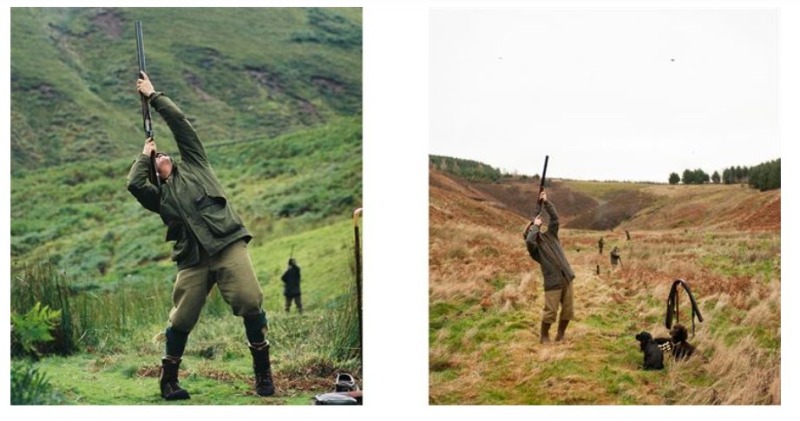
- REMEMBER THE IMPORTANCE OF THE FRONT HAND For right-handed shooters, it’s the left hand pointing towards the bird. For left-handed shooters, it’s the right hand. Also, remember to trust your instincts and shoot at the first attempt. Once the stock is securely placed against your cheek and shoulder and the sight is right, shoot without hesitation.
- ADJUST THE GRIP Slightly move the front hand towards the action for high pheasants. This will allow you to speed up the gun in the last stages of your movement. For long and transverse shots, however, slightly moving the front hand forward will give you greater control over the trajectory of your shot.
- LEARN TO JUDGE DISTANCE Accurately judging distance is a fundamental skill to improve your effectiveness, and from an ethical point of view, it’s less likely to hurt birds out of range than to kill them immediately.
- KEEP YOUR HEAD DOWN It’s crucial to keep your head on the stock until you actually see the bird start to fall. A good tip is to be ready to fire a second shot: this will automatically prevent you from lifting your head during the first shot.
- USE YOUR SECOND SHOT You have an ethical duty to kill your prey in the cleanest way possible, so if you wound a bird with the first shot, don’t switch to another without taking a second shot.
- FOR THOSE USING TWO GUNS Before swapping guns, always ensure you re-engage the safety before passing the gun to the fellow hunter.
- PRACTICE MAKES PERFECT Effectiveness in shooting flying pheasants and partridges relies on smooth mounting and movement, and the timing of your shot. If you haven’t shot for a while, visit your hunting shooting ground and loosen up.
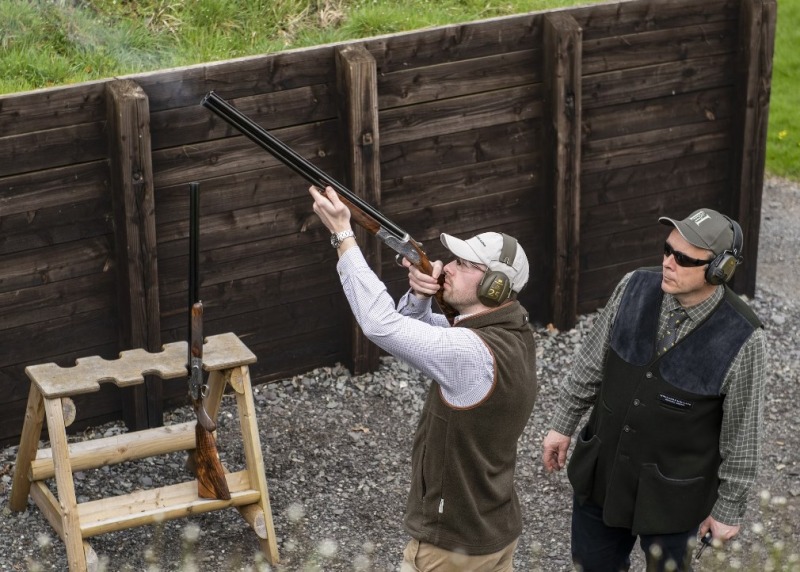
Alternatively, attend one of our clinics or treat yourself to a stage at our Holland & Holland Academy in London. The university of shooting.”
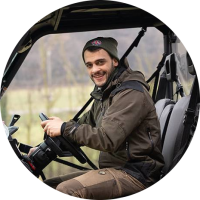
Montefeltro Staff, Davide Bargazzi
Davide manages the Rivergaro reserve for both feather and big game hunting. He studied in England, where he earned a diploma in “Countryside Management,” specializing in various types of hunting and land management. Additionally, he has experience as a pointer dog trainer and has participated in numerous European-level competitions.


